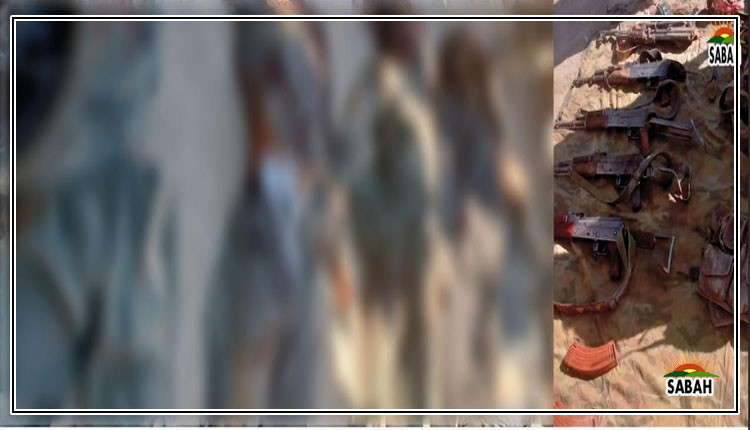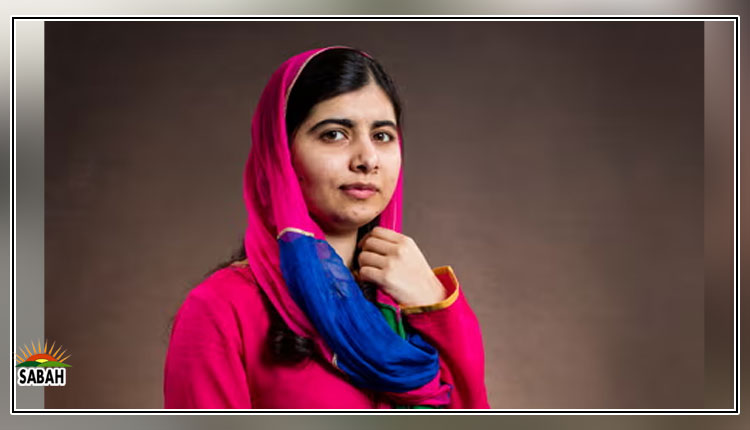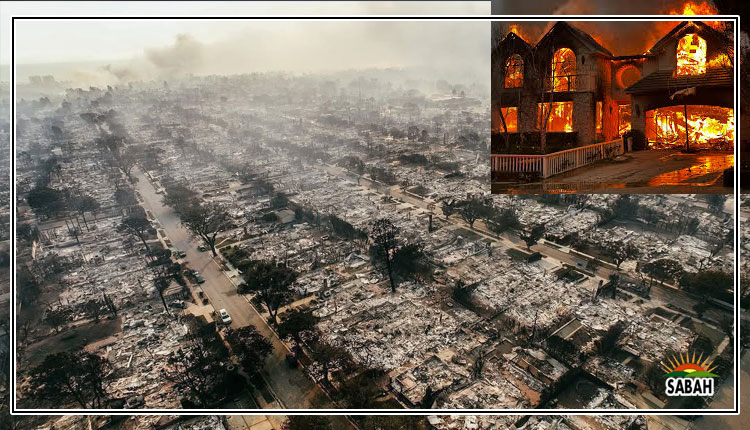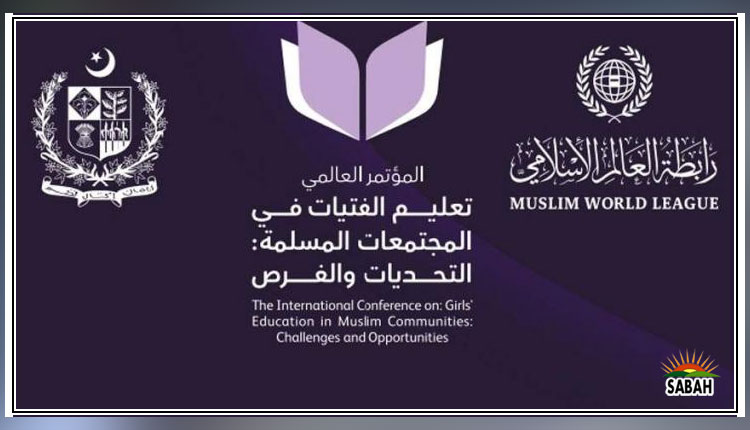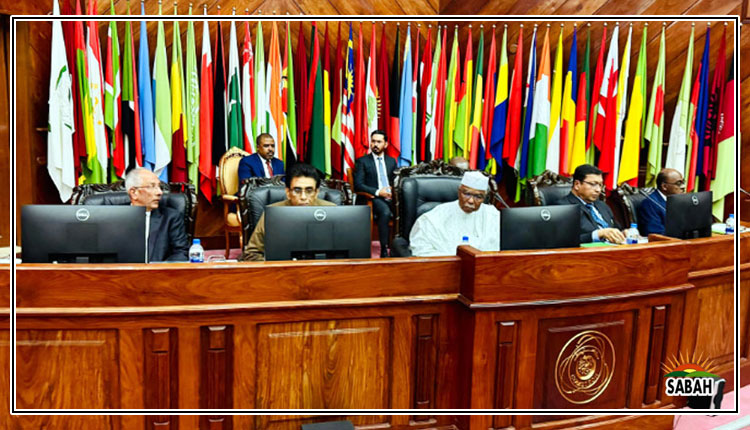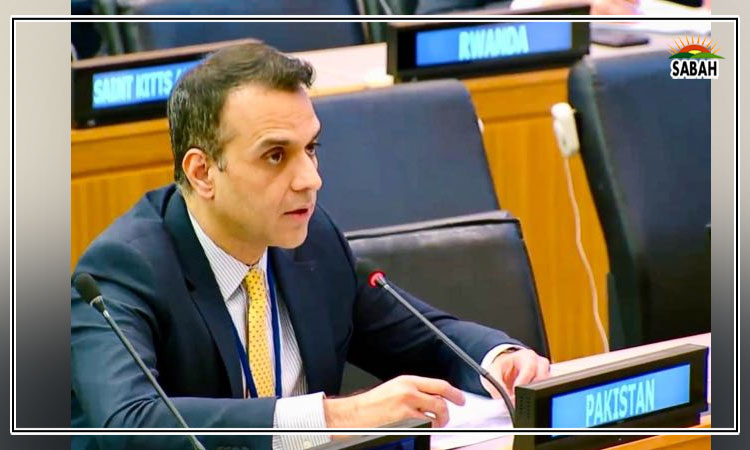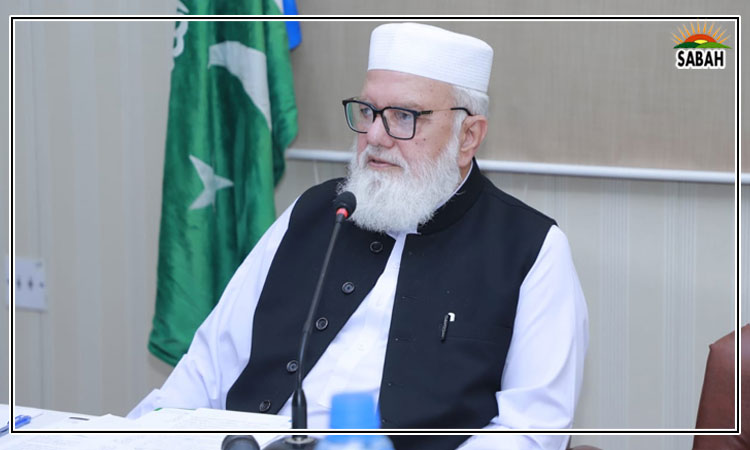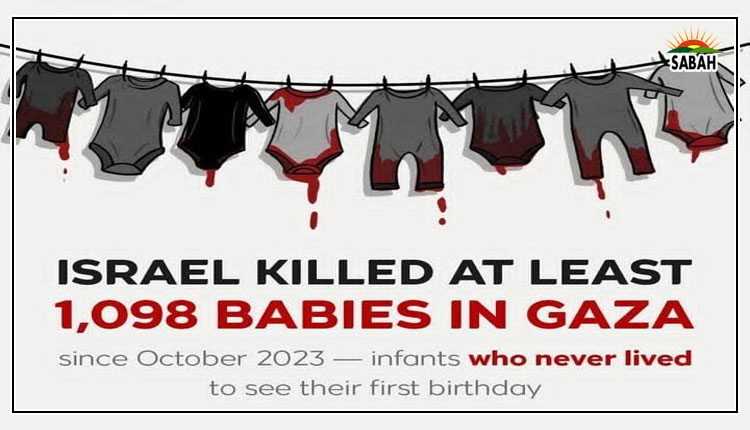Fault in ourselves…Arifa Noor
IT had been long in the planning and existed even longer in the predictions of analysts. The news finally came on Saturday. The judgement about Imran Khans disqualification and conviction had barely been announced that the police reached Zaman Park in Lahore and arrested him in the Toshakhana case. The PTI chairmans arrest and journey to Islamabad kept television channels busy all day. Now he is finally behind bars and there wasnt much of a reaction; not that it was expected. Those who had been predicting this arrest are now confident his imprisonment wont be short because the cases are many and apparently the adjudicators are also convinced of his guilt in more than one case.
At the same time, the PDM has willingly hammered many nails in the coffin of the ramshackle democratic system. The last of those was the quick acceptance of the new census in a hurriedly called meeting of the Council of Common Interests. Now we are told that the elections will have to wait till new delimitations take place; but other than a delay, nothing is clear. With earlier precedents set by the poll delay in KP and Punjab, there is no guarantee the elections will be held even after new delimitations are carried out.
Chances are elections will take place when some of the critical variables change. Be it the economy, the establishments mood, the voters choice, weakening of the PDM alliance or external pressure. The Constitution and its mandatory period for elections are about as relevant as they were when Gen Musharraf was ruling. But Khans immediate fate and the election date aside, what does all this show? Here are three random points.
Instability galore: Earlier, the politics of Pakistan swung between two extremes for a decade at least. Martial law was followed by democratic interregnums. While many feel a formal declaration by someone is still not impossible, it is worth remembering what is happening now is akin to what happened in 2017-18. A popular leader disqualified and his party held back from a free and fair win. However, much of that was overturned in 2022 and the same party was brought back to power in place of the PTI. This is why even those in PTI and beyond discuss a possibility of the party returning to favour within years.
Is this a return to the 1990s? When governments were sacked and parties dropped and picked up again within a year or two? If so, couple this with the state of the economy and it reveals a destabilising of the system. For if the chances of any civil-military alliance or setup staying in power for five years at a stretch are not high, then the stability needed for the economy is going to be in short supply.
Parties adrift: Along with this, shorter periods of political stability of sorts there is a new trend or new version of the minus-one formula. Nawaz Sharif was disqualified in 2017 but the 2018 election saw his party take part in the election and in 2022 return to power without the main man, who continues to sit outside parliament and the country with his disqualification intact. If some accounts are to be believed, the PTI will also suffer the same fate. The party, under Shah Mahmood Qureshi and the core committee, might be allowed to take part in the election while Khan remains behind bars and disqualified.
But while most see this as a you-cant-win-against-the-establishment, this forced estrangement simply adds to the instability quotient. Consider the PML-Ns case. The party was able to form the government in 2022 and some attribute this to the exile of the main man and to Shehbaz Sharif the appeaser taking centre stage. But this absence became a major factor in the partys inability to manage the economic crisis. Many party leaders felt the distance didnt help Sharif senior fully grasp the scale of the crisis. The change of finance ministers was also driven by this distance. Few would disagree how this change had simply added to the delay in the IMF programme, the pressure on the rupee, and more.
Now with the expectation of a fresh election, there is another tussle brewing within the party on the need for Nawaz Sharif to lead the election campaign versus the younger one, who is acceptable to the establishment as prime minister. This friction will upset the equation (between khadim-i-aala and Pindi) for the future setup, becoming another reason for delaying the electoral exercise. This will continue to cause hiccups and more, even if such a government is formed.
The point here is that the PTI will face a similar rollercoaster ride with Khans disqualification. The party may become more malleable and even acceptable (especially as its support base is not weakening) but the disqualification of the leader will simply mean he will be more inclined to push for reckless decision-making, as we have seen in the case of the PML-N.
Paralysed and unresponsive: The parliamentary system now appears incapacitated. Without delving into the reasons, parliament no longer functions as a check on the government or functions as a responsible lawmaking enterprise. Legislation is now bulldozed through at the behest of the party leadership and there is little pushback. And the party leadership is making these decisions because of reasons other than what would be of benefit to the people or the voters. This was true of the PTI era as much as it is now. From the extension law to the recent sprint of lawmaking, it seems as if little has changed. While public interest laws are also passed, they remain un-implementable in a weak system.
Combine this with successive executives habit of ignoring the legislature, and the result is growing disillusionment of the electorate with this forum. That the PTI was and continues to be a popular choice, despite having walked out of the National Assembly and dissolved two provincial legislatures, is proof of this.
This does not bode well for the parliamentary edifice, nor does it provide any indication of change where the legislature can assert itself against the executive in the near future.
Courtesy Dawn


